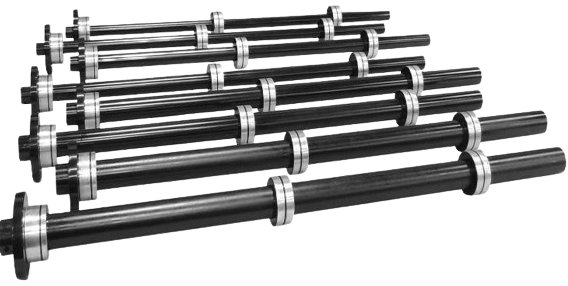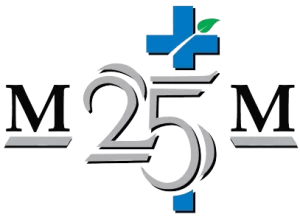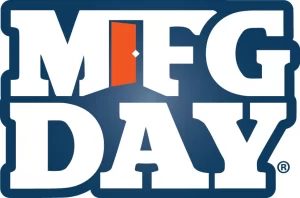Metal
Spindle Liners

HIGH QUALITY
DESIGN & MANUFACTURING SINCE 1983
PRECISION CHAMFERING MACHINES
SERVO AUTO CHAMP
PRECISION CHAMFERING MACHINES
BAR CHAMP
CNC TOP LOAD BAR
SUPPORT
SUPPORT
METAL
SPINDLE
LINERS
SPINDLE
LINERS
DOUBLE
ENDED
CHAMFERING
MACHINES
ENDED
CHAMFERING
MACHINES
HIGH QUALITY
DESIGN & MANUFACTURING SINCE 1983
PRECISION CHAMFERING MACHINES
SERVO AUTO CHAMP
PRECISION CHAMFERING MACHINES
BAR CHAMP
CNC TOP LOAD BAR
SUPPORT
SUPPORT
METAL
SPINDLE
LINERS
SPINDLE
LINERS
DOUBLE
ENDED
CHAMFERING
MACHINES
ENDED
CHAMFERING
MACHINES
JF BERNS PROUDLY SUPPORTS









ABOUT JF BERNS COMPANY
Why Work With Us
The J.F. Berns Company, located in Cincinnati Ohio, has been in business since 1983. Since that time we have specialized in barfeed and lathe accessories and Chamfering Equipment.
The company and our product lines have grown from our expertise, experience and reputation in the metal working industry. Our commitment is to quality products in a timely manner as well as continual improvement and innovative solutions.


















